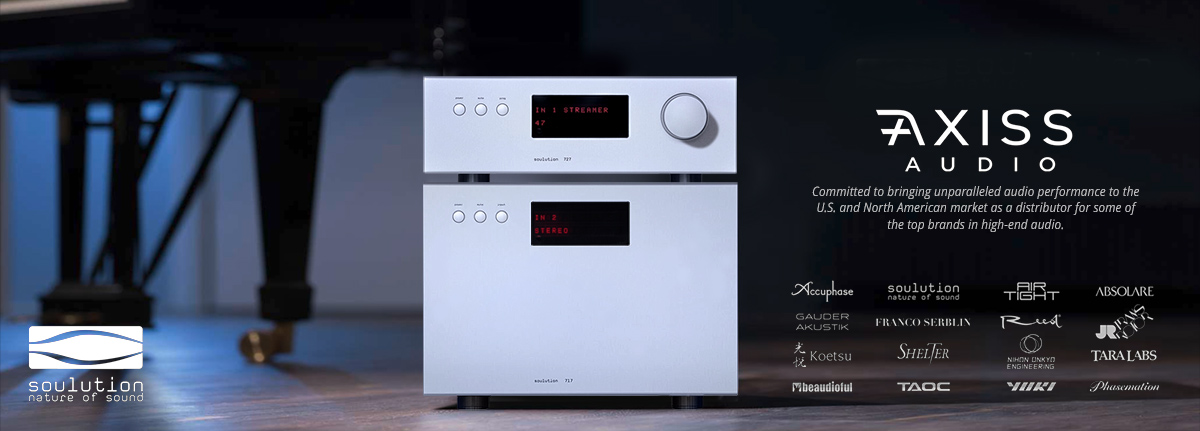Can you elaborate on the design challenges you're referring to in language a layman can understand?
Tim
Tim,
From Wikipedia:
Class D amplifiers work by generating a variable duty cycle square wave of which the low-frequency portion of the spectrum is essentially the wanted output signal, and of which the high-frequency portion serves no purpose other than to make the wave-form binary so it can be amplified by switching the power devices.
A passive low-pass filter removes the unwanted high-frequency components, i.e., smoothes the pulses out and recovers the desired low-frequency signal. To maintain high efficiency, the filter is made with purely reactive components (inductors and capacitors), which store the excess energy until it is needed instead of converting some of it into heat. The switching frequency is typically chosen to be ten or more times the highest frequency of interest in the input signal. This eases the requirements placed on the output filter. In cost sensitive applications the output filter is sometimes omitted. The circuit then relies on the inductance of the loudspeaker to keep the HF component from heating up the voice coil. It will also need to implement a form of three-level (class BD) modulation which reduces HF output, particularly when no signal is present.
The structure of a class D power stage is essentially identical to that of a synchronously rectified buck converter, a type of non-isolated switched-mode power supply (SMPS). Whereas buck converters usually function as voltage regulators, delivering a constant DC voltage into a variable load and can only source current (one-quadrant operation), a class D amplifier delivers a constantly changing voltage into a fixed load, where current and voltage can independently change sign (four-quadrant operation). A switching amplifier must not be confused with linear amplifiers that use an SMPS as their source of DC power. A switching amplifier may use any type of power supply (e.g., a car battery or an internal SMPS), but the defining characteristic is that the amplification process itself operates by switching.
Theoretical power efficiency of class D amplifiers is 100%. That is to say, all of the power supplied to it is delivered to the load, none is turned to heat. This is because an ideal switch in its on state will conduct all the current but has no voltage across it, hence no heat would be dissipated. And when it is off, it will have the full supply voltage standing across it, but no current flows through it. Again, no heat would be dissipated. Real-life power MOSFETs are not ideal switches, but practical efficiencies well over 90% are common. By contrast, linear AB-class amplifiers are always operated with both current flowing through and voltage standing across the power devices. An ideal class B amplifier has a theoretical maximum efficiency of 78%. Class A amplifiers (purely linear, with the devices always "on") have a theoretical maximum efficiency of 50% and some versions have efficiencies below 20%.
Tim-I think this description is fairly easy to follow, but this is a wacky way to generate audio power and you have to go through lots of gyrations in order to clean it from all of the artifacts that are generated due to the process of Class D.
















